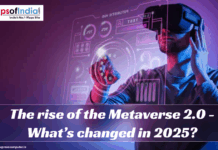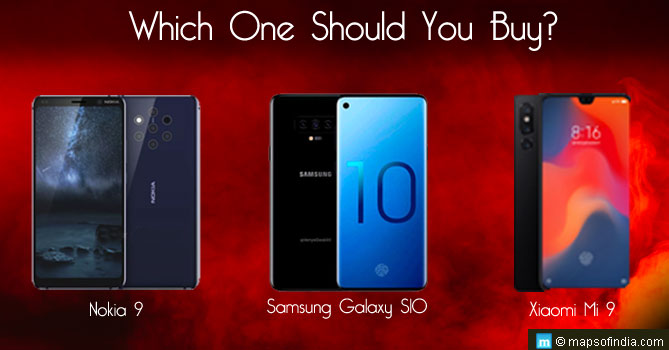Holography is a technique for capturing and rebuilding light fields. A light field is created when a light source scatters off things. Holography is a powerful technology that has the potential to transform the way we live, work, and interact with our surroundings.
How does Holography work?
A coherent light source, such as a laser, is split into two beams to create a hologram. One beam, known as the reference beam, is aimed directly at the recording medium, while the other, known as the object beam, is aimed at the object being holographed. The object’s light is then permitted to interfere with the reference beam on the recording media. The resulting interference pattern on the recording media is a hologram of the object. When illuminated with a coherent light source, the hologram diffracts the light to reconstruct the object’s original wavefront. This signifies that the thing may be seen in three dimensions.
Types of Holography
There are numerous types of holography, but the most popular are transmission and reflection holography.
-
Transmission Holography
The hologram is recorded in transmission holography on a transparent medium, such as a photographic plate. When a coherent light source shines on the hologram, the light travels through it and is diffracted to reproduce the picture of the item.
-
Reflection Holography
The hologram is recorded in reflection holography on a reflecting medium, such as a mirror. When a coherent light source shines on the hologram, the light is reflected and diffracted to reconstruct the picture of the item.
Applications of Holography
Holography has a wide range of applications, including:
-
3D imaging
Holography is the most effective method for producing realistic three-dimensional images. Holograms are utilized for various purposes, including entertainment, education, and medicine.
-
Data Storage
Holography can be used to store vast amounts of data in a little amount of space. Although holographic data storage is currently in the early stages of development, it can potentially transform how we store data.
-
Microscopy
High-resolution photographs of microscopic objects can be created using holography. Holographic microscopy is employed in many different disciplines, including biology, chemistry, and materials research.
-
Security
Holograms are used for security on several papers, including credit cards and passports. Because holograms are difficult to forge, they aid in preventing fraud.
Future of Holography
Holography is a rapidly developing field with a wide range of potential applications. In the future, we can expect to see holography used in even more areas, such as:
-
Telepresence
Holography could be utilized to develop telepresence systems that allow physically separated people to interact with one another in real-time.
-
Augmented reality
Holography could be utilized to develop augmented reality systems that superimpose digital data on the real world.
-
Medical imaging
Holography has the potential to be used to create new medical imaging techniques that produce more detailed and accurate images of the human body. Overall, holography is a visionary technology that has multiple potential applications. We should expect to see holography used in even more imaginative and fascinating ways in the future as technology advances.





